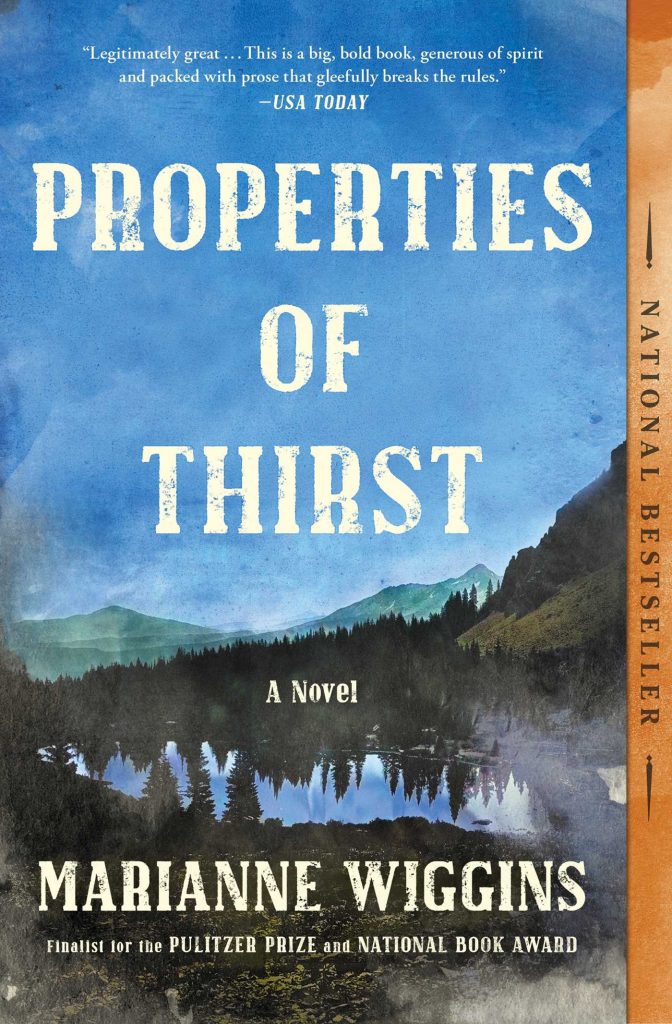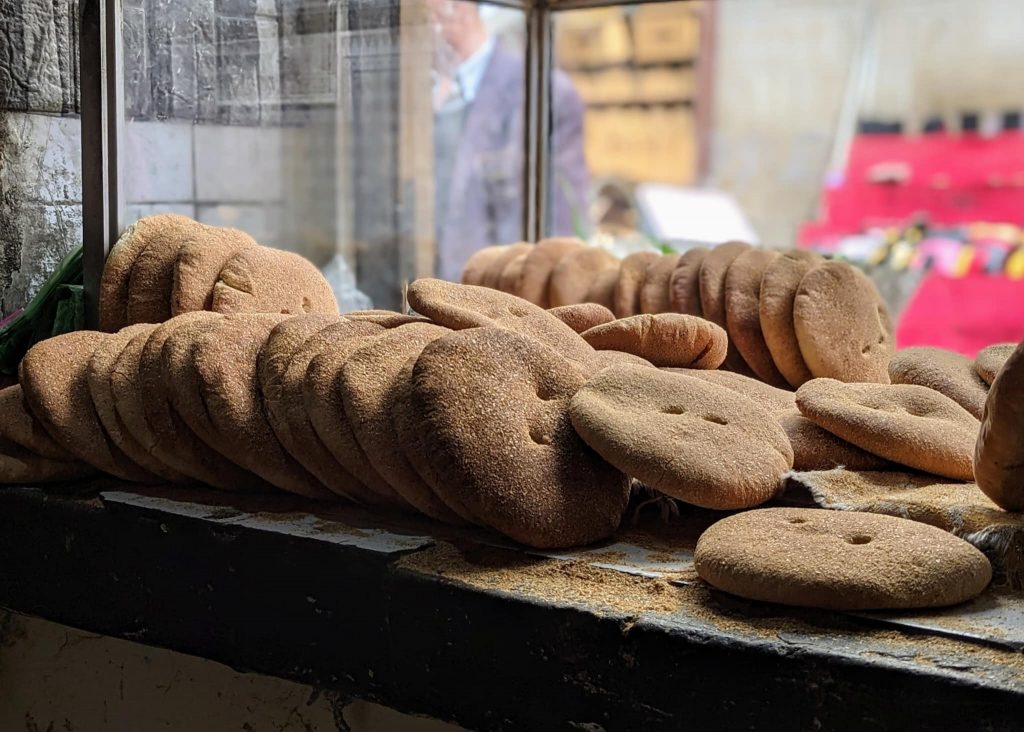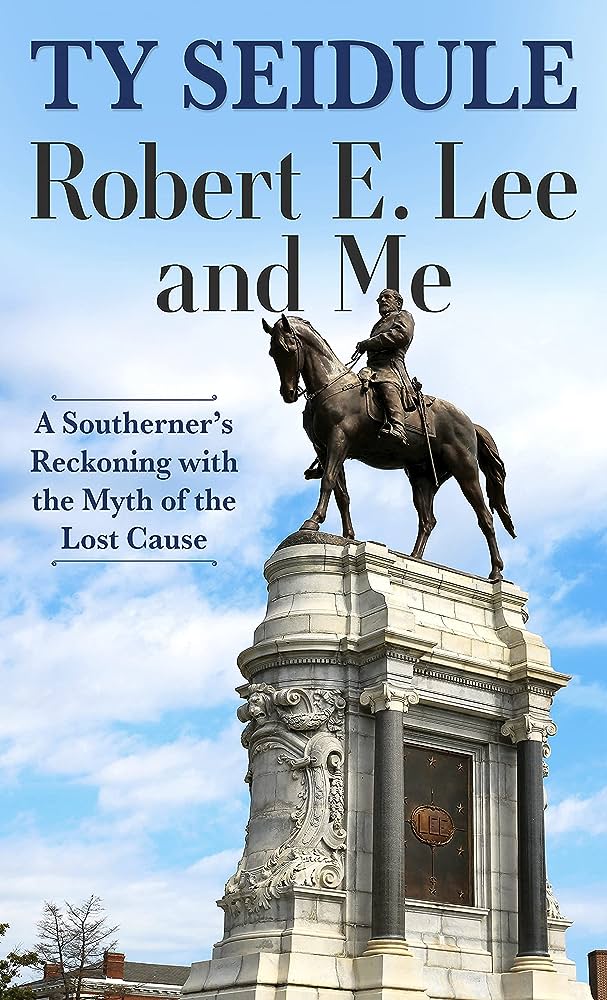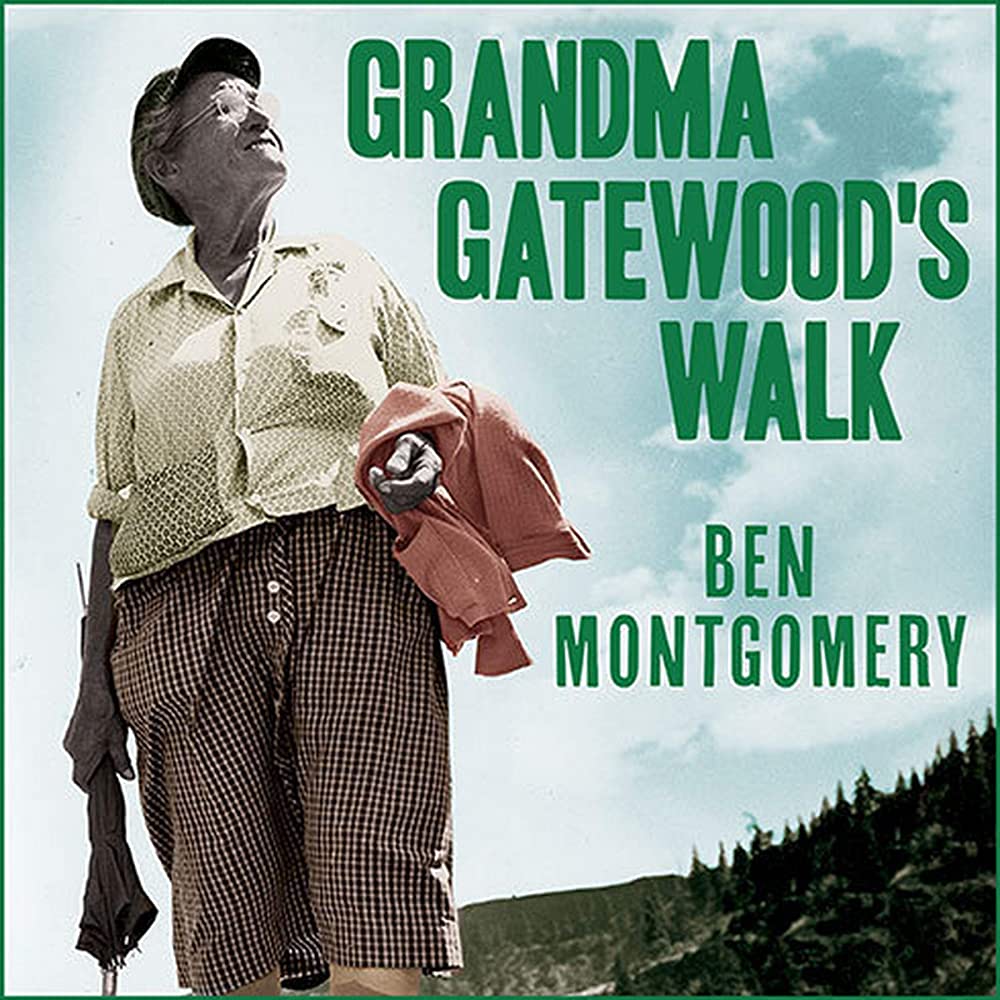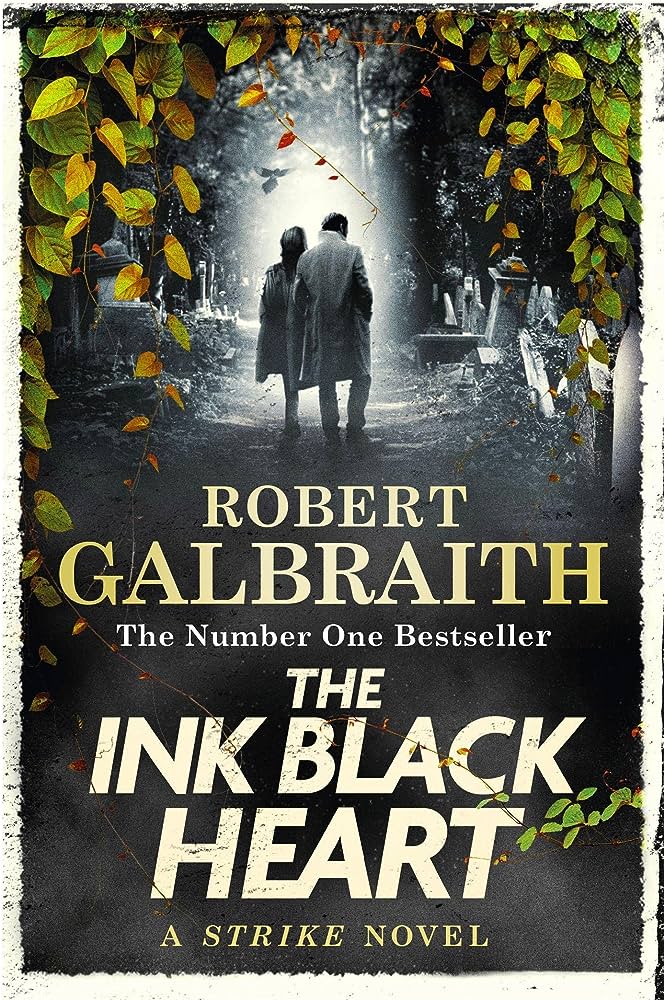
On the plus side there are very few writers who can match JK Rowling’s (writing under the pseudonym Robert Galbraith) ability to capture personality, dialogue, and character. In this, the sixth in the series of crime novels involving private detectives Robin Ellicott and Cormoran Strike, Rowling takes on the viciousness, malignancy, and unbridled misogyny of internet communities that spiral downward into the Dark Web.
What begins as a quirky YouTube cartoon grows in popularity among an on-line fandom. Only the fandom becomes so opinionated about the direction, and Directors, that the power of the fans overtakes the show itself. The anonymity of the internet allows people to form relationships they might not in real life, but it also permits abusers to mislead, harass, intimidate, and threaten. All of that secrecy and privacy makes for a compelling mystery when one of the directors is murdered. In a cemetery!
On the downside, as happened in the Harry Potter series, Rowling’s editors were unable to push back. The number of potential suspects is so large that it is likely the only way to keep them all straight is to be staring at Rowling’s diagrams pasted across her walls. Likewise, the number of pages has grown to an overwhelming 1,462. The book should have been tighter.


